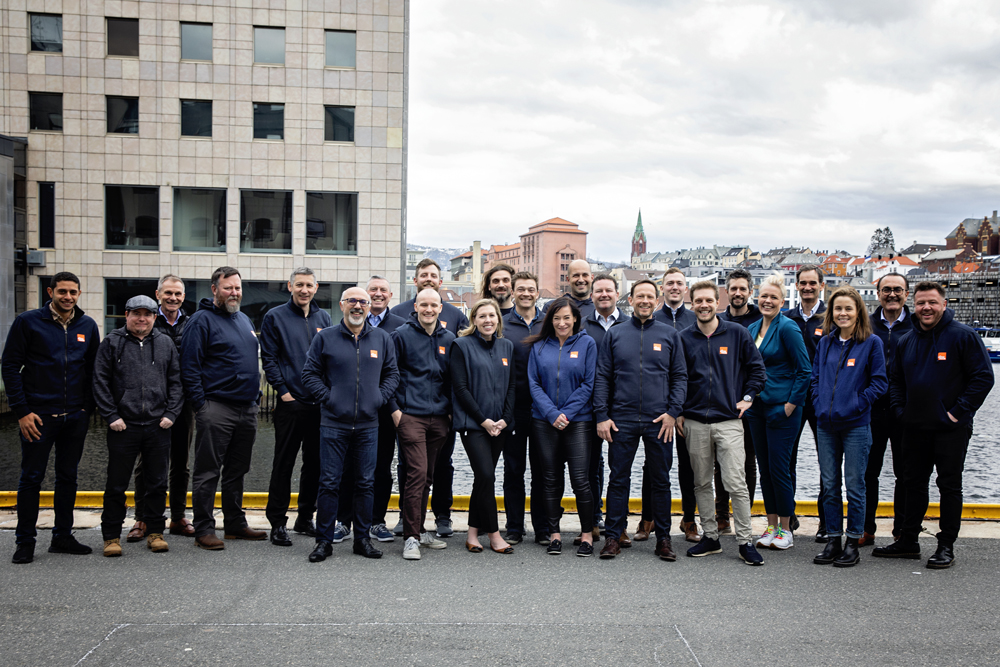We’re excited to be backing Erik, Anders, Tobias, and the RPA Supervisor team. In this post, I explain why we want to partner with them as they build the future of enterprise automation.
When it comes to robotic process automation (RPA), there is no questioning the relevance of a market that has recently been the fastest-growing category in enterprise software. The potential to automate processes in core business functions from finance to procurement and customer service underpinned growth of over 60% in both 2018 and 2019. In turn, the entry of software giants including Microsoft and SAP into the arena has underlined the mainstream viability of the technology.
Less certain is the ability of enterprises to deploy RPA solutions effectively and to maximise their utilisation. A 2019 survey cited fewer than half (39%) of deployments went live on schedule, and the average time to deployment was 18 months. What’s more, even when an RPA solution is deployed, it is estimated that only 30% of available bot capacity is utilised at a given moment by the average customer.
As part of forming a view of how the stack is evolving, we explored the mindset of the decision-makers. We had over 25 discussions with Enterprise buyers, and independent experts on the practical challenges faced and their key priorities — the top responses were consistent:
Where a digital worker (or ‘bot’) is taking on a business-critical task, the enterprise can’t afford for it to crash; so they have to monitor them manually. The deployment of software designed to eliminate manual processes ends up creating more of them — just in different places.
Buyers need to make business decisions but don’t have the real-time usage data to do so. There is a lack of understanding and measurement of the health, status and capabilities of digital workers.
There is difficulty allocating server resources to critical processes and identifying when a bot has stopped working so it can be restarted. The upshot is systems are neither as dynamic nor as efficient as many had expected.
Solving for under-utilisation while positioning for automation growth
These issues of complex deployment and under-utilisation are a roadblock to RPA adoption across the enterprise. They are also indicative of the difficulties encountered as enterprise automation spreads across different software verticals.
Enter RPA Supervisor.
RPA Supervisor functions as an Automation Management Platform, which keeps bots operating as they encounter common issues. It also provides a control room for the entire RPA deployment and operation — SLA based intelligent orchestration, 24/7 automated operations, analytics, and providing critical visibility into moment-by-moment activity. Whether you are a customer of UiPath, Blue Prism, Automation Anywhere (or others — see illustration below) or use multiple vendors, RPA Supervisor seamlessly integrates and gives you a single pane of glass.
RPA Supervisor turbocharges existing automation vendors
It is the kind of software whose worth becomes clear almost immediately. Customers have told us that the first time they open up the RPA Supervisor dashboard is often the first time they realise they were utilising only a fraction of their purchased capacity. Enterprises that knew they had a deployment/utilisation issue can quickly see the full extent and nature. Better, enterprises become more confident to progress and, in many cases, accelerate the deployment of robotic processes, allowing bots to handle more business-critical use cases. Inherently, this will accelerate the growth of this segment of the enterprise automation market.
The benefits of this approach are not just measured in the efficiency and productivity of RPA deployments and the removal of barriers to scale; there is a significant reduction in business risk. One customer, a large financial institution, found after an outage that, of its five central systems, only the one managed by RPA Supervisor was immediately fully operational, whilst the other four systems took several hours to get fully operational (causing major disruption to the banks’ operations). The processes that RPA manages may be monotonous ones, but they can also be mission-critical, making the costs of system breakdowns significant and efficient management a necessity.
A veteran team, a nascent but rapidly evolving market
We are the first outside investor in RPA Supervisor, a young company in the still-nascent business of building out the orchestration layer for enterprise automation. In its favour is a highly experienced team of RPA veterans who have been working in this space since the early days. Founder and CEO Erik Lien has alone been responsible for over 40 RPA implementations, and the team also includes talent from Blue Prism and Automation Anywhere.
Together, they have developed a product that demonstrates its value to customers both quickly and sustainably. RPA Supervisor is the kind of solution that customers initially don’t think they need but quickly realise is indispensable. With integrations with UiPath and Blue Prism, the company has a roadmap to establishing integrations with the full spectrum of mainstream vendors; as well as a number of AI solutions and low code platforms.
We are impressed at what RPA Supervisor already delivers for its customers and even more excited about its potential as RPA matures. A market with more vendors, each with its specialisms, is one most customers will want to navigate on a pick-and-mix basis, especially large enterprises where needs may differ across divisions and regions. In that context, the importance of an effective enterprise automation management platform — allowing users to manage a range of vendors through a single pane of glass — will be magnified further.
That also points to the next stage of evolution for enterprise automation as a whole. The choices enterprises have about what and how to automate will only increase in the years ahead, creating visibility and control mission-critical needs. These are precisely what RPA Supervisor offers to its customers; a road to true ‘hyperautomation’ in the enterprise. We are delighted to be partnering with them as they continue as the vanguard of this vast opportunity.
If you want to join this incredible team, they are hiring!









